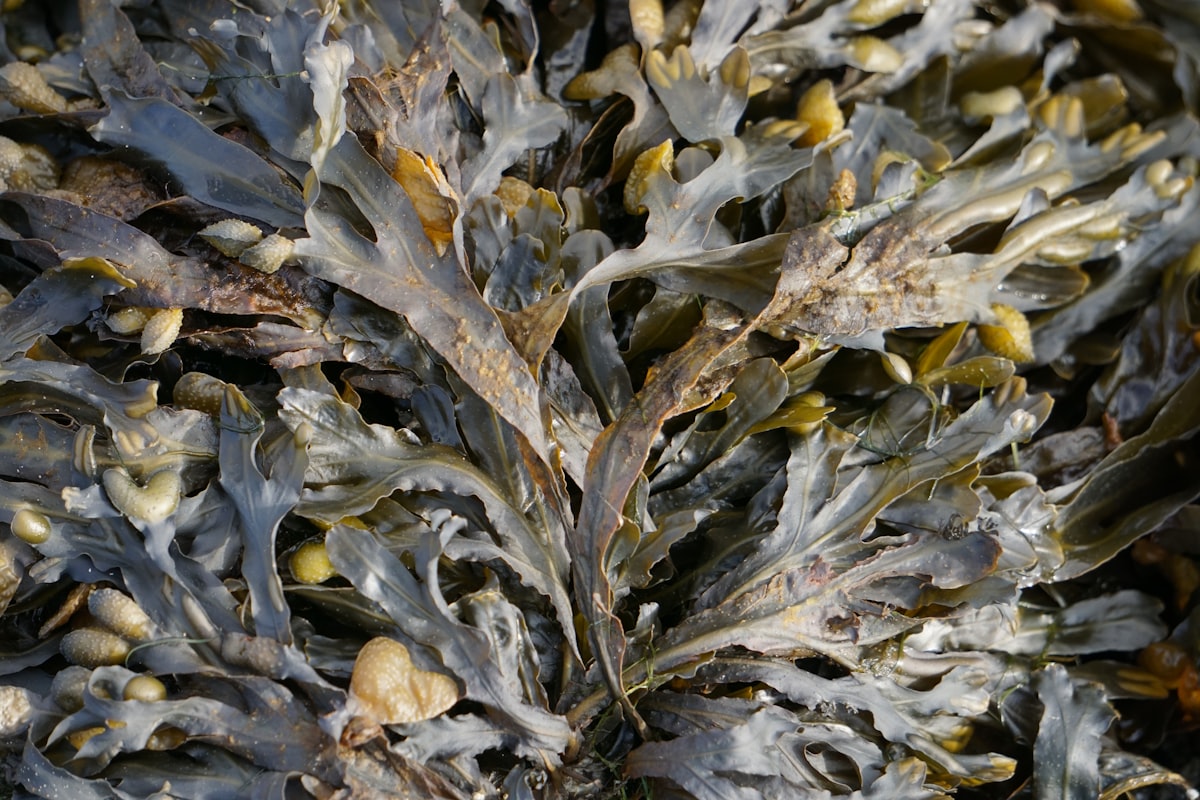Sargassum in pharmaceutical biotechnology for spirulina industry
According to a bachelor's degree thesis, the use of sargassum, which floods the beaches of the Caribbean, would save costs for the pharmaceutical industry and manufacturers of nutritional supplements derived from microalgae, such as spirulina.

The use of sargassum, which floods the beaches of the Caribbean, would save costs for the pharmaceutical industry and the manufacturers of nutritional supplements derived from microalgae, such as spirulina, according to a graduate work of the Biotechnology degree program of the Santo Domingo Institute of Technology (Intec).
The study proposes processing the sargassum to use it as low-cost organic fertilizer in the cultivation of the microalgae spirulina (Arthrospira platensis), whose components are used in supplements to strengthen the immune system, support in the treatment of some types of cancer, cholesterol control, as antioxidants and conditions such as diabetes or those associated with the liver and eyesight, among others.
The world market for products derived from spirulina will reach hundreds of millions of dollars in this decade, according to international firms, so the research identifies a profitable and sustainable solution to the massive accumulations of sargassum on Caribbean beaches and a business opportunity for the pharmaceutical industry in the Dominican Republic, being the first time that the possibility of using biofertilizers based on sargassum as a nutrient for the production of spirulina has been proven.
Spirulina cultivation is carried out in fresh water and with expensive nutrients due to a large number of salts used, which must have a minimum of impurities to avoid contamination with toxic substances and metals. This situation has led to the search for alternative sources that include the use of organic fertilizers to achieve high yields at lower costs.
Safe for health
One of the conclusions of the research, conducted by Guillermo Contreras and advised by researcher Miguel Ángel Guevara, was that the spirulina produced with sargassum-based biofertilizer can be used without risk to human or animal health since the levels of heavy metals were below what is allowed by the regulations.
The research consisted of cultivating spirulina for 16 days with a biofertilizer based on sargassum biomass at different concentrations (1, 5, 10, and 20%) and then evaluating growth, pigment, and protein content.
The results obtained showed that the growth and contents of chlorophyll a, carotenoids, and phycocyanin were higher when 1% of the sargassum biofertilizer was used, while total proteins were higher in the cultures with 5% of the biofertilizer. In contrast, cultures that were grown with 10 and 20% of the biofertilizer only survived for 72 hours.
So far, the sargassum that appears on Dominican beaches is treated as waste and hotels allocate considerable resources for its final disposal. When it reaches the shore, this algae rots and emits a stench, attracts insects, and stains the famous turquoise waters of the Caribbean brown.
The study "Production of Arthrospira platensis using a biofertilizer made with Sargassum biomass" is available in the Emilio Rodríguez Demorizi library of the university.
Source: Listin Diario




